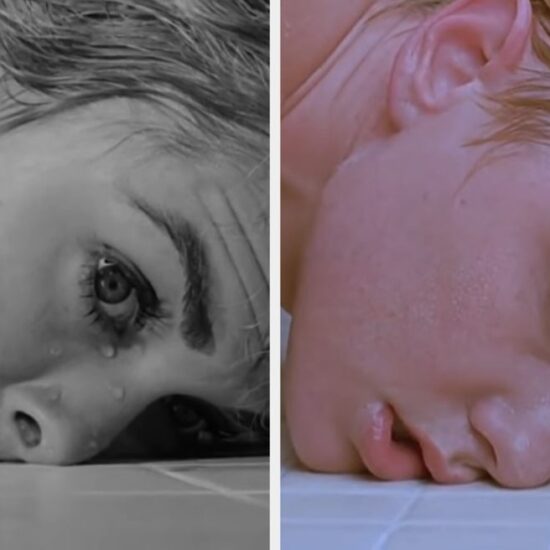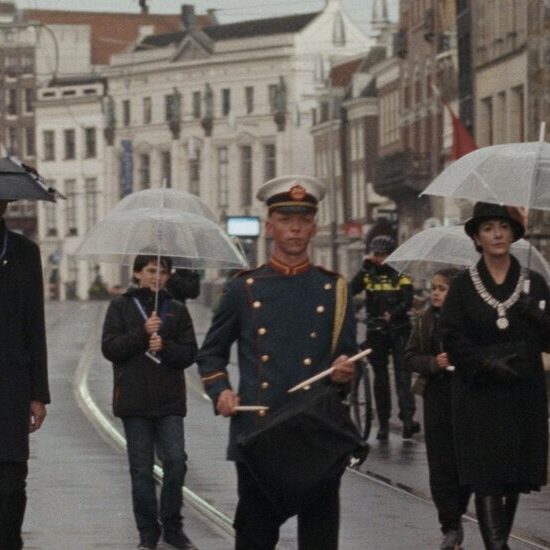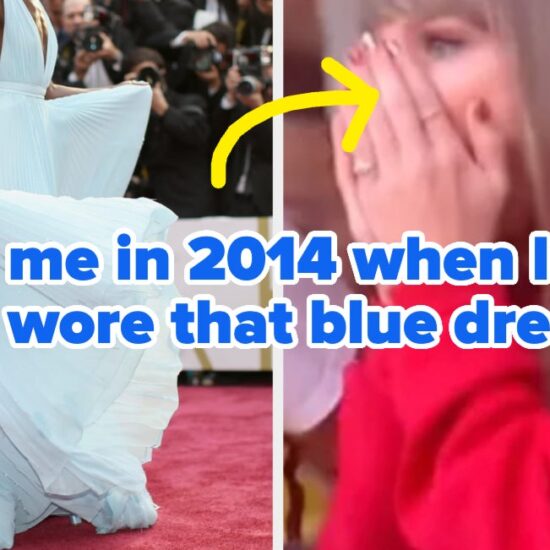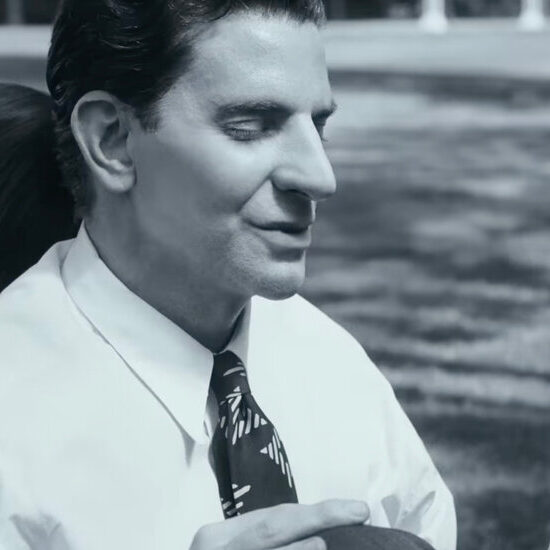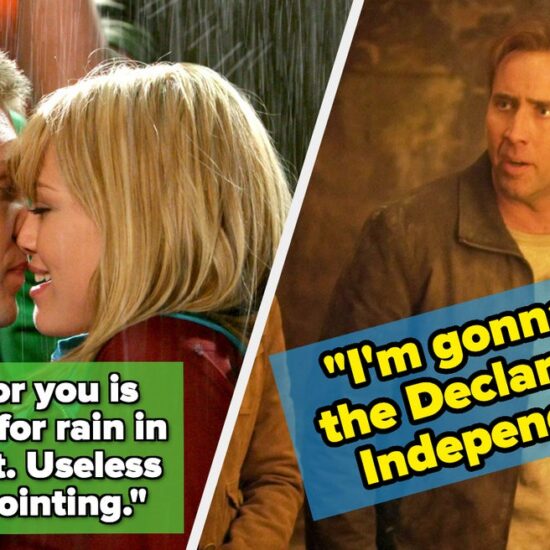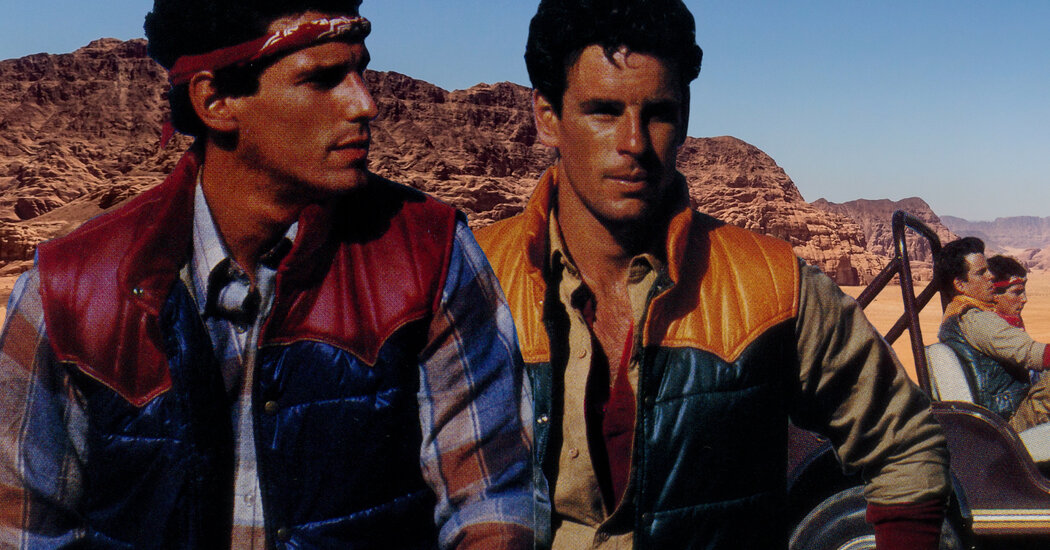
Like Marti Muth — my high school English teacher who slid a copy of “The Normal Heart” across my desk in 1986 and said “Read this” — International Male knew I was gay before I did.
My closeted teen behind devoured the company’s men’s wear catalog when it landed in my family’s mailbox in the 1980s. I was drawn to the fanciful clothing — things like rope-yarn tops and peekaboo rower shorts — that were a universe removed from my fat boy pants. Page through a copy of the catalog today and the clothes look queerly masculine, like something Lil Nas X would drape from his body.
According to the new documentary “All Man: The International Male Story,” available on streaming services, I wasn’t alone. Through interviews with celebrity fans, catalog models, company employees and Gene Burkard, the company’s gay founder, the film explores how for some 40 years a catalog of outré men’s wear became a generation-defining gay chef d’oeuvre.
In a recent interview, one of the film’s directors, Bryan Darling, told me he hopes audiences find the documentary to be an “empowering” discovery, or rediscovery, of the catalog’s peacocky fashion and pre-Instagram gay eroticism. It was for him: He’d never seen the catalog until Jesse Finley Reed, his co-director, showed him a copy.
“When I opened it, especially when I saw the stuff from the ’80s, it was like, why don’t we have as much fun now?” said Darling, who, like Reed, is gay.
The movie charts the catalog’s rise and fall, starting with the first issue in 1976 — a collection of European-inspired men’s wear curated by Burkard, a Wisconsin native — and ends when the last catalog was shipped around 2007. (Burkard died at 90 in 2020.) In the decades between, the catalog was a multimillion-dollar success, taking in around $100 million annually in the early 1990s.
Editorially, the catalog never billed itself as being for gays, but many buyers and art directors in the tight-knit company were gay men and straight women who knew how to appeal to gay taste. Some male models declined an International Male gig out of fear they’d look or be considered gay.
I never bought anything from International Male. But for many gay Gen Xers like me, the catalog was formative — the gay coming-of-age equivalent of my straight middle school friends drooling over a stolen copy of Playboy. Browsing it helped me discern, even if I didn’t fully understand, that I was into guys, a torturous realization in an era when the most I heard about gay men was that they were clowns and sickos.
I didn’t see myself in the men in the catalog — I was too young, round and fey — but I saw myself making out with them, one day, on that sandy Arcadia where I assumed they all lived. I studied the catalog alone and afraid but aroused, lingering over shirtless men with aspirational treasure trails that Jesus warned me were off limits.
But magazines you could “read” in the bathroom or hide under the bed — those were pretty much the only sexual-awakening materials boys like me had.
I recently reached out to friends to see if they had similar memories of the catalog and boy, did they. Benjamin remembered nervously buying it at a bookstore near his family’s home near Columbus, Ohio.
“Imagine the mental gymnastics involved in being so deeply closeted but convincing myself that, sure, I’m a 16-year-old who’s into fashion and wants to look good in a jockstrap — for his girlfriend,” he told me. “That’s not gay at all.”
Some friends actually did buy clothes. Carl said what looked good on the page made him appear in person like he was in “a very, very gay production of ‘Peter Pan.’” Patrick bought a wrestling singlet, of sorts, that served a singular purpose.
“If I wanted to speed up getting into bed with a guy,” he told me, “I’d put it on and it got things moving.”
What “All Man” doesn’t explain is how the catalog found me. I’m guessing someone typed my address into a database after I won a picnic basket of Calvin Klein Obsession products in a GQ fashion show raffle at a Cleveland mall around 1986. Or maybe someone at the Columbia House record club saw that my order of 11 albums for a penny included the “Godspell” and “Fame” soundtracks, and said: This queen will buy a man panty.
Or maybe the gay gods looked down on me and said, like the head angel to Clarence in “It’s a Wonderful Life”: “A man down on Earth needs our help.”








